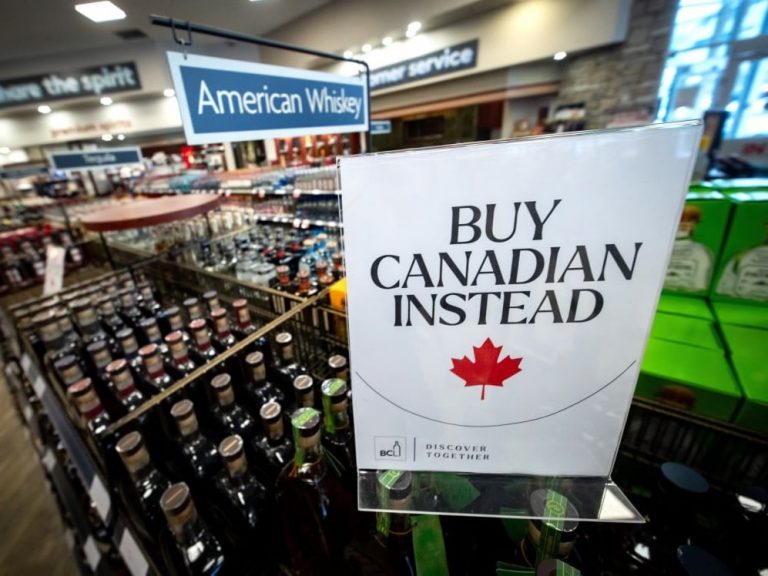Jeffrey Sachs: Trump’s Impoverishing Tariffs
U.S. President Donald Trump is trashing the world trade system over a basic economic fallacy. He wrongly claims that America’s trade deficit is caused by the rest of the world ripping off the U.S., repeatedly stating things such as, “Over the decades, they ripped us off like no country has ever been ripped off in history…”
Trump aims to close the trade deficit by imposing tariffs, thereby impeding imports and restoring trade balance (or inducing other countries to end their rip-offs of America). Yet Trump’s tariffs will not close the trade deficit but will instead impoverish Americans and harm the rest of the world.















